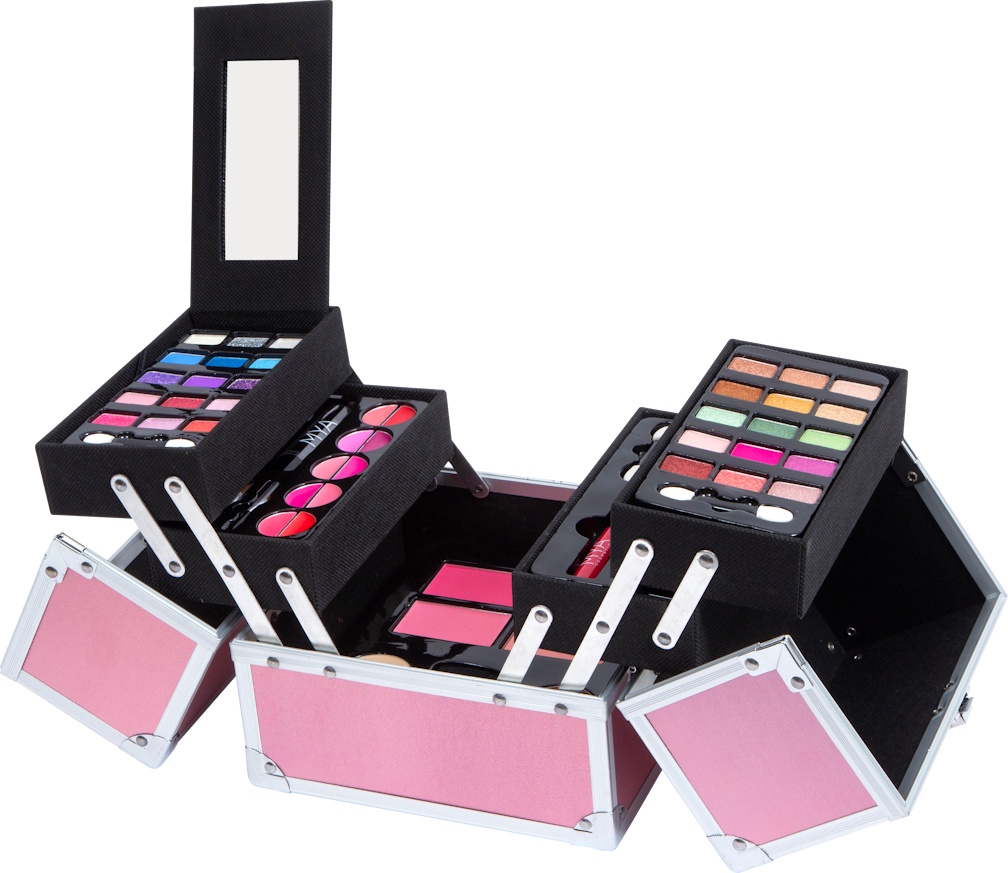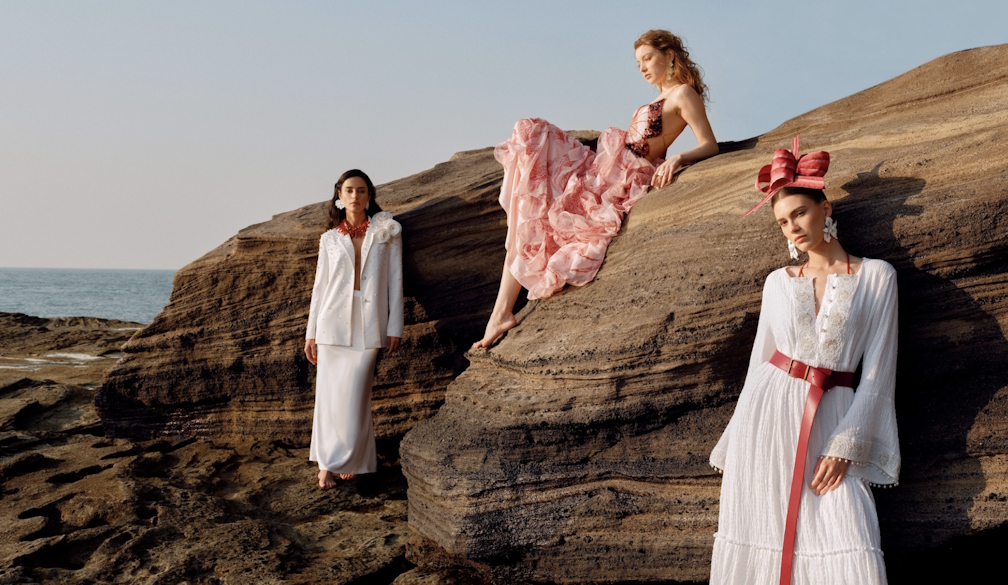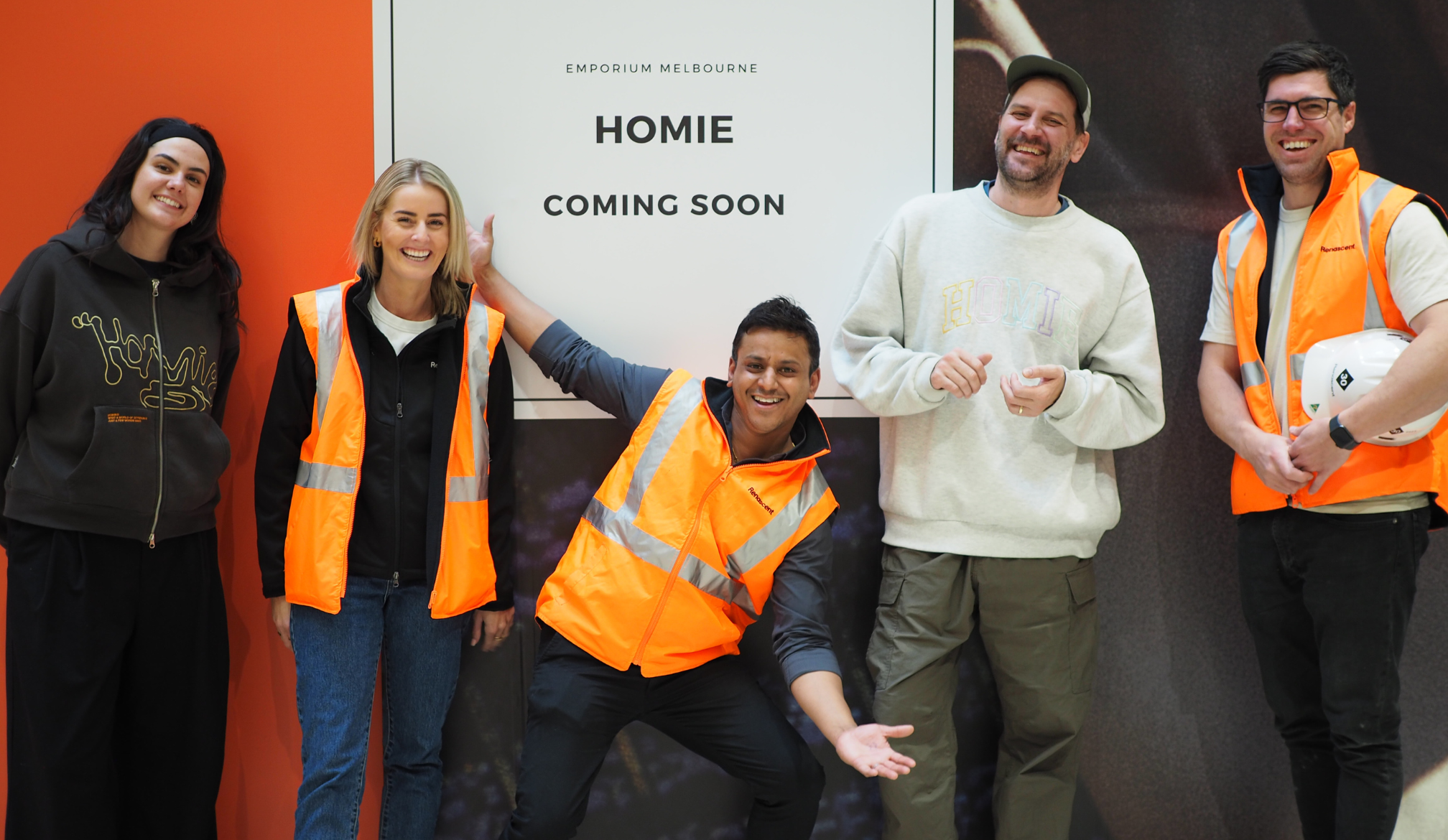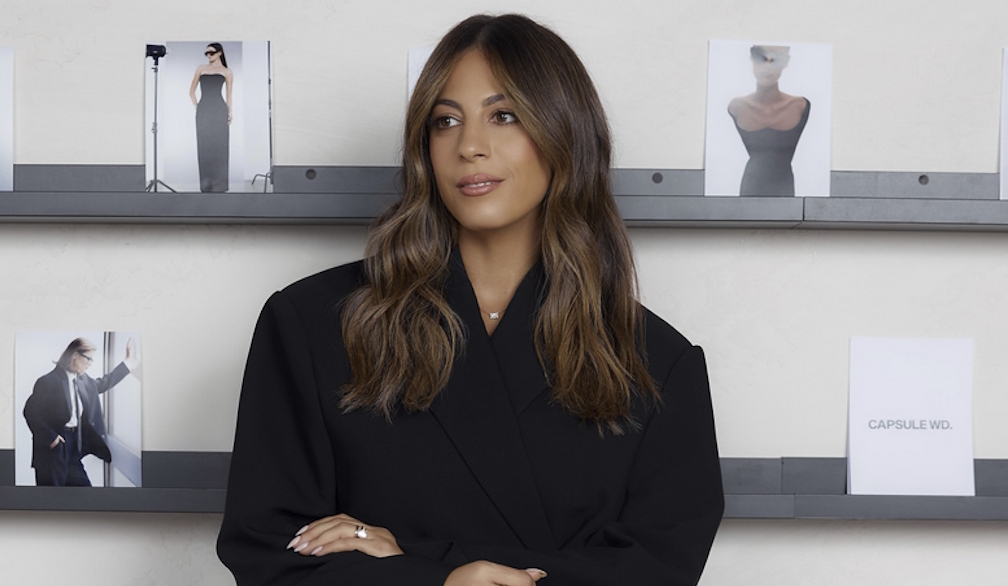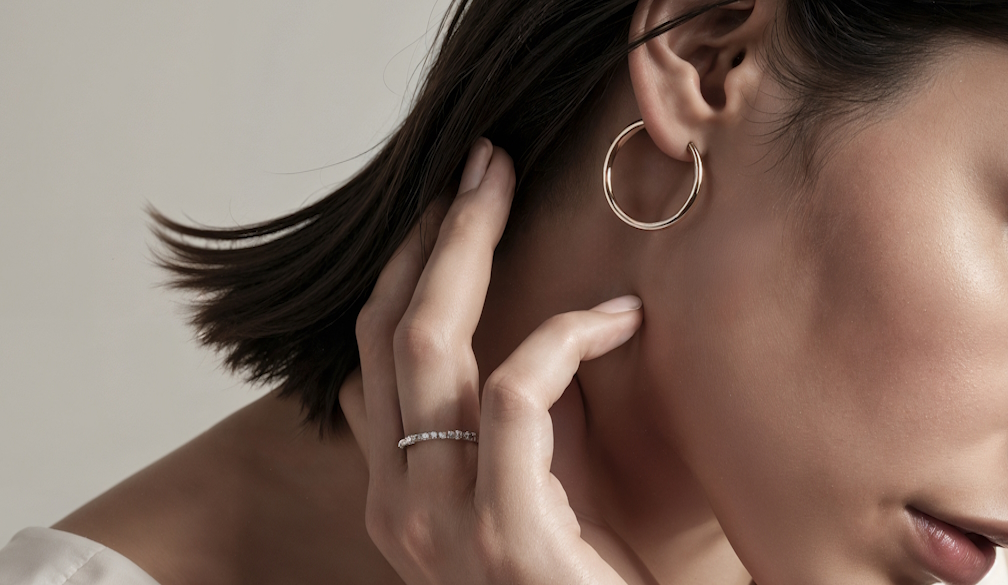MYA Cosmetics launches in Australia with bold new collection designed for creative tweens
- Written by Times Media
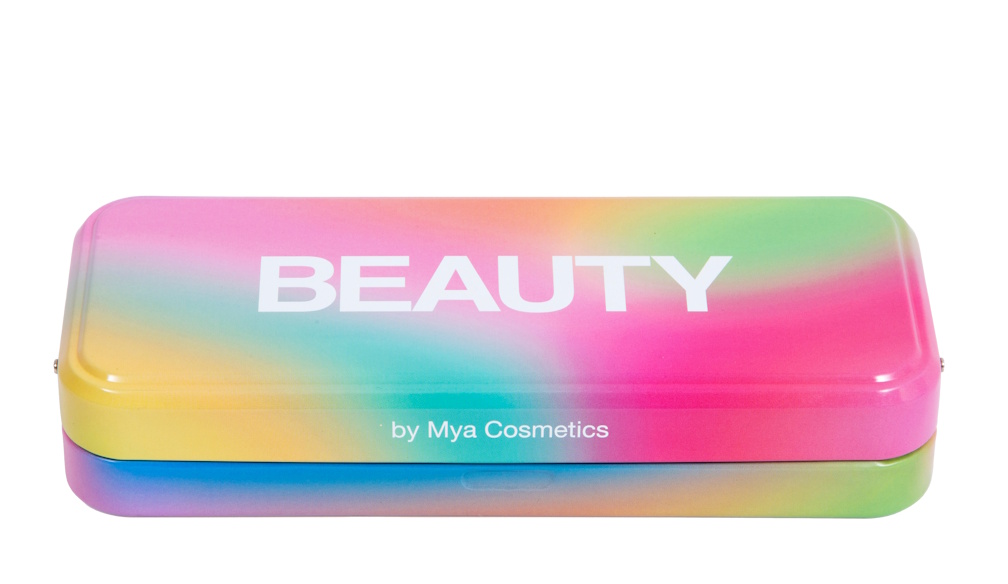
MYA Cosmetics has officially launched in Australia, introducing its 2026 collection featuring the vibrant and playful “New Design Line,” a collection designed to inspire creativity, self-expression, and confidence among tweens and young beauty enthusiasts. Each product combines contemporary trends with the brand’s long-standing commitment to quality and safety, making 2026 a landmark year for youthful, trend-driven beauty.
Backed by more than 75 years of expertise in manufacturing and distribution for global icons including Estée Lauder, Carven, Pierre Cardin, Hermès, and Old Spice, MYA Cosmetics brings a legacy of craftsmanship and innovation to a new generation of makeup lovers.
Designed and made in Barcelona, the 2026 collection offers real makeup for young creators, from fashion-forward metal cases to on-trend palettes, makeup kits, and bath sets. Each product is formulated with high-quality, tested, and certified compounds, providing safety and performance while remaining playful, fun, and aspirational.
“Our 2026 range is designed for the next generation of makeup lovers,” said Scott Mitchell, MYA Cosmetics distributor. “We’ve seen tweens experimenting with their mum’s makeup for years. Now, for the first time in Australia, they can have their own collection made just for them. The New Design Line gives kids the freedom to express themselves creatively, while giving parents confidence in the safety and quality of every product.”
Perfectly tailored for the younger generation, MYA Cosmetics offers high-quality, pocket-money-friendly products with a focus on style, fun, and value. Each item embodies MYA Cosmetics’ mission to deliver accessible, aspirational, and trend-driven beauty experiences for tweens and young consumers.
The MYA cosmetic range is now available in Australia for the first time through Mr Toys Toyworld and Casey’s Toys and online at Toyworld, with prices designed to be accessible for pocket-money budgets.
About MYA Cosmetics
MYA Cosmetics is a European makeup brand created for tweens and young consumers. Established from a rich legacy in fine perfumery, the family-owned business delivers high-quality, safe, and trend-led cosmetics designed to inspire creativity and self-expression. Based in Barcelona, MYA offers a dynamic range of makeup kits, bath bombs, and beauty sets crafted with care, quality, and imagination.
